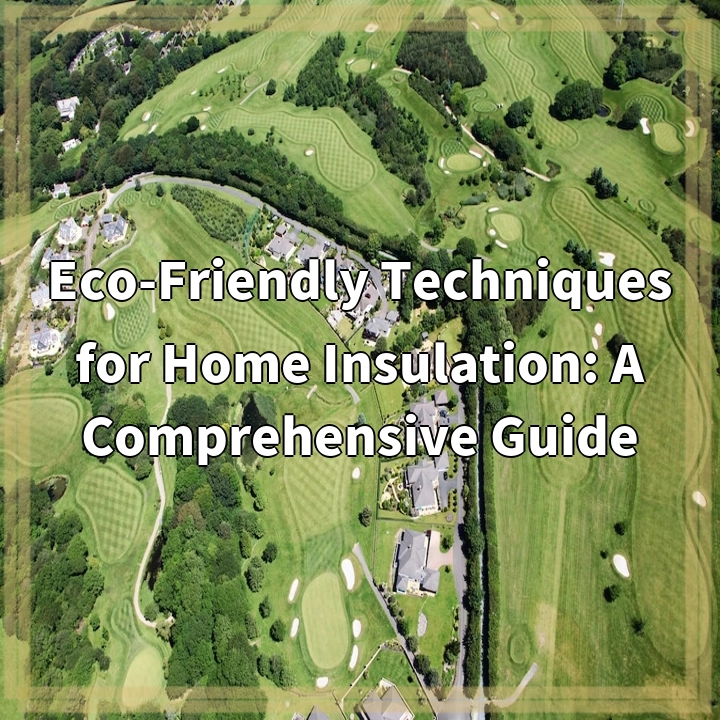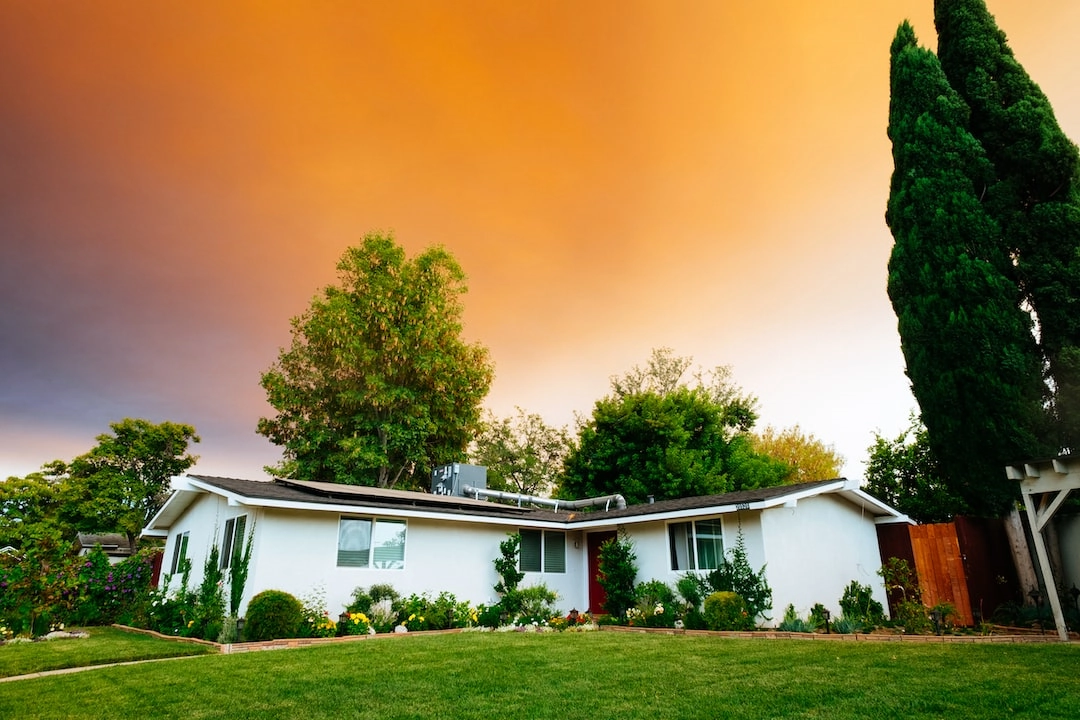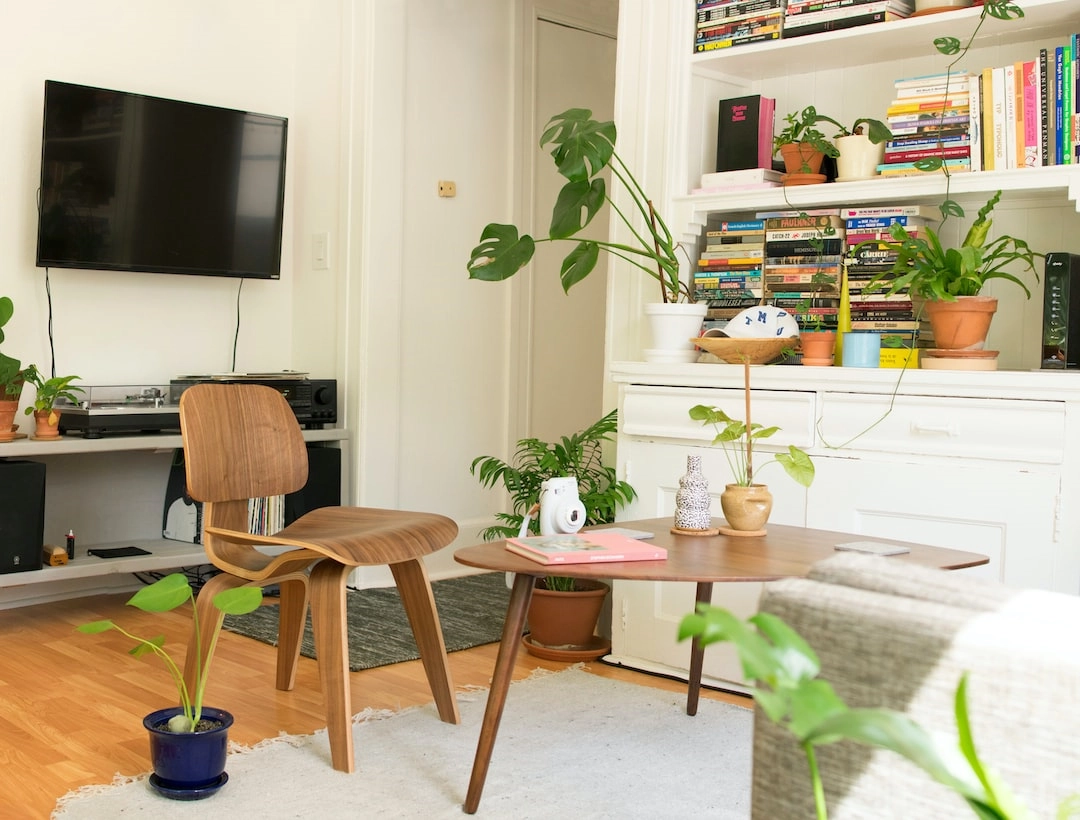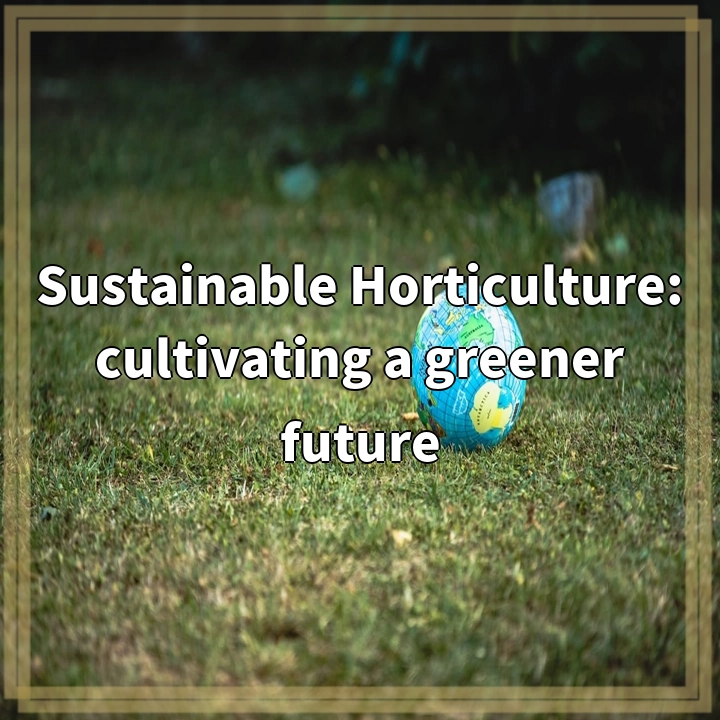
What is Eco-Friendly Techniques for Home Insulation?
Home insulation is an essential element in maintaining a comfortable and energy-efficient living environment. Eco-friendly techniques for home insulation refer to insulation methods that contribute to reducing energy consumption, minimizing carbon emissions, and promoting sustainability. These techniques prioritize the use of environmentally friendly materials and practices to improve the energy efficiency of homes.
Real-World Problems with Home Insulation
Despite the benefits of home insulation, there are also some challenges and real-world problems associated with it. It is important to be aware of these issues to make informed decisions when choosing eco-friendly insulation techniques.
1. Cost
Implementing eco-friendly insulation techniques can often be more expensive upfront compared to traditional insulation methods. The initial cost of purchasing environmentally friendly materials and hiring professionals skilled in eco-friendly installations may be higher. However, in the long run, the energy savings from improved insulation can offset this initial cost.
2. Health Concerns
Certain insulation materials, particularly older ones, may contain harmful chemicals or fibers that can pose health risks if not handled properly. For example, asbestos was commonly used in insulation until its health dangers were discovered. It is important to choose insulation materials that are non-toxic and safe for both the environment and human health.
3. Moisture Issues
Improper installation or maintenance of insulation can lead to moisture-related problems, such as mold and mildew growth. Moisture can accumulate within walls, especially in humid climates, and compromise the insulation’s effectiveness. It is crucial to ensure proper ventilation and moisture barriers when installing and maintaining insulation.
4. Retrofitting Challenges
Retrofitting existing homes with eco-friendly insulation techniques can be more challenging compared to new constructions. The existing structure may have limitations, such as limited space or architectural constraints, which can affect the insulation options available. It may require specialized techniques and expertise to overcome these challenges and achieve optimal results.
5. Lack of Awareness and Accessibility
Despite the growing popularity of eco-friendly insulation, there is still a lack of awareness and accessibility in many areas. Some homeowners may not be familiar with the benefits and options of eco-friendly insulation or may have limited access to suppliers and professionals specialized in eco-friendly materials and installations. Efforts to raise awareness and improve accessibility are essential for wider adoption of these techniques.
Overall, while eco-friendly techniques for home insulation offer numerous benefits, it is important to consider the challenges and real-world problems associated with them. By addressing these issues, homeowners can make informed decisions, mitigate risks, and create energy-efficient and sustainable living spaces.

Solutions for Eco-Friendly Home Insulation
Addressing the real-world problems associated with eco-friendly home insulation is crucial for promoting sustainable and energy-efficient living spaces. Here are some solutions to consider:
1. Cost-Effectiveness
While eco-friendly insulation techniques may have a higher upfront cost, it is important to consider the long-term benefits. Energy savings resulting from improved insulation can offset the initial investment over time. Additionally, research and explore different insulation options to find cost-effective alternatives without compromising on sustainability.
2. Health and Safety
Choose insulation materials that are free from harmful chemicals and toxins. Look for certifications and labels indicating eco-friendly and non-toxic properties. Proper handling and installation by trained professionals can also ensure the health and safety aspects of insulation.
3. Moisture Management
Pay attention to proper ventilation and moisture control measures during insulation installation. This includes using vapor barriers, sealing air leaks, and ensuring adequate ventilation to prevent moisture buildup. Regular inspections and maintenance can help identify and address any moisture-related issues promptly.
4. Retrofitting Techniques
When retrofitting existing homes, work with professionals experienced in eco-friendly insulation solutions for older buildings. They can assess the specific challenges and recommend suitable techniques or modifications to overcome limitations and optimize insulation performance.
5. Spreading Awareness and Accessibility
Efforts to raise awareness about the benefits of eco-friendly insulation and improve accessibility are essential. Spread the word through educational initiatives, online resources, and community workshops. Advocate for local suppliers and professionals to offer eco-friendly insulation options and foster partnerships to make these solutions more accessible to a broader population.
By implementing these solutions, homeowners can overcome the challenges and maximize the positive impact of eco-friendly home insulation. Creating energy-efficient and sustainable living spaces becomes more achievable, benefitting both the environment and individuals’ well-being.















